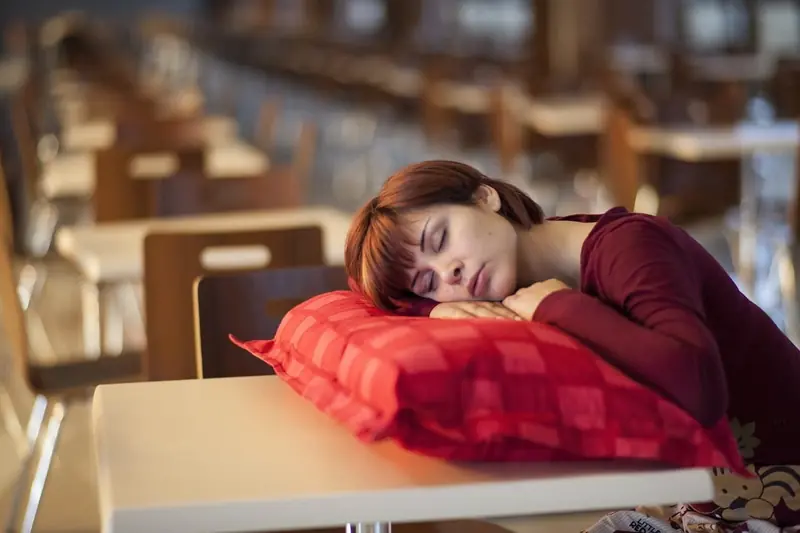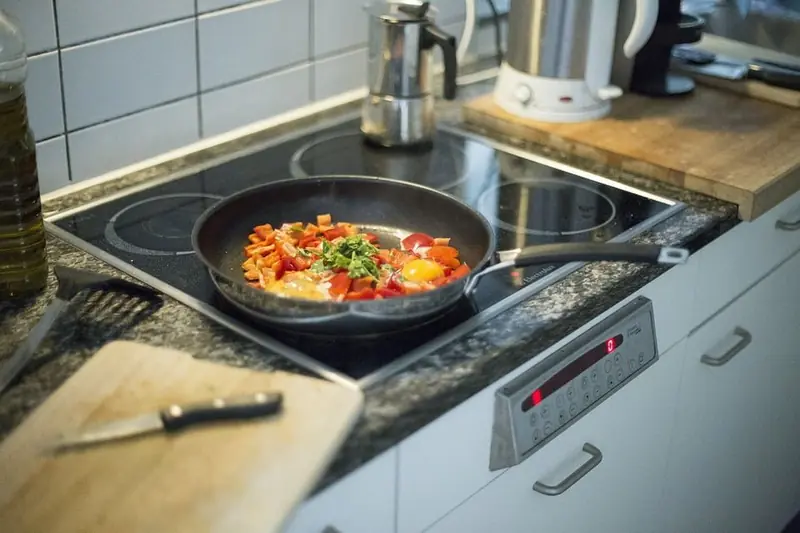
Food coma sounds like something truly terrifying. In reality, this term is more commonly associated with a general condition known as postprandial somnolence, which occurs after eating. While it hasn’t been extensively studied in humans, experiments have been conducted on rodents, fruit flies, and nematodes.
Rising Glucose Levels Contribute to Afternoon Sleepiness
Foods high in carbohydrates and sugar, such as potatoes, breakfast cereals, and white bread, are more likely to make a person feel drowsy and experience an energy slump. These products have a high glycemic index, quickly releasing sugar into the bloodstream.
When blood glucose levels rise, the body produces more insulin. This triggers a chain of biological events that allows muscle and fat cells to absorb glucose, which can lead to a drop in blood sugar levels and decreased energy.
 When you eat, your body activates its parasympathetic nervous system and shifts into “rest and digest” mode. This contrasts with the “fight or flight” mode of the sympathetic nervous system.
When you eat, your body activates its parasympathetic nervous system and shifts into “rest and digest” mode. This contrasts with the “fight or flight” mode of the sympathetic nervous system.
The extent to which the rest and digest mode induces sleepiness depends on how much food you consume in one sitting. The more you eat, the longer the body requires to rest.
Tryptophan Also Plays a Role in Post-Meal Drowsiness
The amino acid tryptophan may also contribute to feelings of drowsiness after eating. It is found in many protein-rich foods, including eggs, fish, and meat.
Insulin stimulates the absorption of certain amino acids by muscles, but not tryptophan. As a result, tryptophan remains available for transport to the brain, where it is converted into serotonin and melatonin, which enhance relaxation and sleepiness.
As experts note in Sciencefocus, the best way to avoid a food coma is to steer clear of high-carbohydrate foods, such as sandwiches or rice. Instead, it’s better to incorporate some protein, healthy fats, and vegetables to balance your diet. Additionally, try not to eat too much in one sitting.
